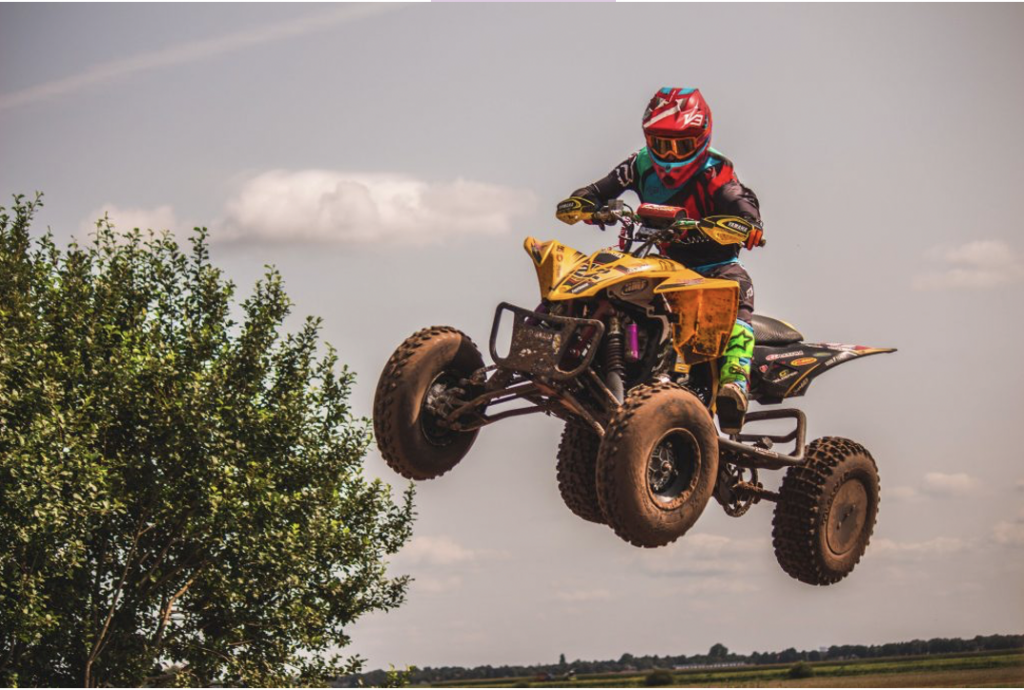
All-terrain vehicles (ATVs) have become quite popular, especially for recreational use. According to statistics, there are over 100,000 emergency room visits annually because of ATV accidents. These accidents lead to around 400 fatalities every year.
ATVs can be dangerous if not operated well. Sometimes, these accidents are caused by poor maintenance or a defective product. ATV accident lawyers at Richards Penn Bonner are well experienced in handling such cases.
In this article, we will discuss what causes ATV-related accidents and how you can prevent them.
Common Causes of ATV Accidents
Operator Error
Many riders lack the proper training on how to handle ATVs. People may struggle with braking, steering, or maintaining balance, which increases the chances of crashes.
Also, reckless behaviors such as speeding, performing some stunts, or carrying another person in an ATV designed for one person can easily make you lose balance off the rail.
When the second rider shifts their weight, it can throw the ATV off balance, making it easier to tip. A passenger who is also not secure can fall when you suddenly hit a rock.
Tough Terrains
ATVs are designed for off-road use. However, sometimes rocky terrain can cause an ATV to tip over or rollover, causing other injuries. Also, riding on very steep terrain or rocky trails can increase the risk of losing control altogether.
Another danger most people overlook is riding ATVs on paved roads. Since ATVs are not built for highways, speeding in paved areas can affect stability. Riding ATVs on highways also increases the chances of risks when sharing the road with larger vehicles.
Collisions With Other Objects
When riding an ATV in rough terrain, riders navigate through trails with trees, rocks, and fences. A sudden wrong turn means you risk colliding with a rock or tree. In 2018, 504,000 people were treated for ATV-related injuries from different forms of crashes.
In crowded areas, ATVs can easily crash into other off-road vehicles and because riders lack protection, the consequences become more severe.
Environmental Issues
The environmental conditions surrounding where most people ride ATVs contribute to accidents. Riders often struggle with poor visibility caused by fog, dust, or trees, which makes it hard to see any obstacles.
Sometimes, slippery surfaces like mud or snow can also make it harder to control the ATV, increasing the chances of flipping over or skidding off the terrain.
Mechanical Failure
Like any other vehicle, ATV requires regular maintenance to continue functioning well. If an ATV has faulty brakes, steering issues, or engine problems, the risk of an accident largely increases.
Poor maintenance can make ATVs unsafe, such as:
- Failing to check tire pressure
- Ignoring worn-out parts
- Not checking brakes
In some cases, manufacturer defects or recalls also contribute to crashes. It is important to consistently service your ATV and stay informed about any potential mechanical issues.
Conclusion
ATVs offer a thrilling ride but come with risks. When riding an ATV, it is important to wear the right gear, follow the guidelines, and avoid any reckless driving. Also, remember to regularly inspect your vehicle to ensure everything is working perfectly.
By: Chris Bates









